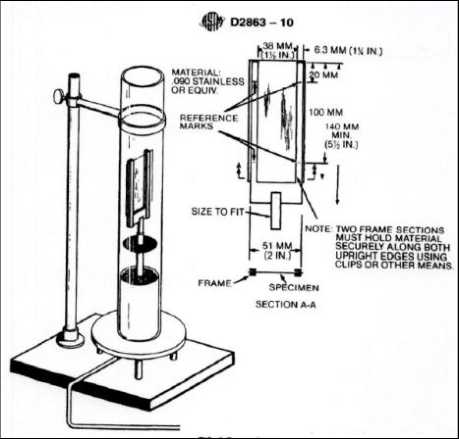- Qinsun Instruments Co., Ltd.
- Tell:+86-21-6780 0179
- Phone:+86-17740808215
- Address:No. 2578 Minhang District Gu Dai Road, Shanghai
- Contact:Mr. Li
- QQ:846490659
How to choose an ultra pure water machine

1. Understanding water quality
What is the resistance value or conductivity of water quality, as we often refer to it? The derivative relationship between the two is greater than 0.2M Ω .cm@25 ℃ is still greater than 10M Ω .cm@25 ℃ may also be greater than 18M Ω .cm@25 ℃, can also refer to the national laboratory water standards. If these are uncertain, they can be determined based on the instruments and equipment used in the experiment, such as general physical and chemical experiments, blood serum analysis, ordinary laboratory tests, cleaning of experimental vessels, etc., using instruments greater than 0.2M Ω .cm@25 ℃ is sufficient. If university students conduct experiments, qualitative and quantitative analysis, environmental monitoring, food inspection, and drug inspection, they can use temperatures greater than 10M Ω .cm@25 ℃ is sufficient. If high-end instruments such as HPLC, PCR, TOC analysis, amino acid analysis, atomic absorption, and the preparation of high-purity solutions are available, a value greater than 18M Ω should be used .cm@25 Ultra pure water at ℃.
2. Water demand
Firstly, it is important to understand how much water one can use in a day, whether it is continuous or intermittent. High end ultrapure water instruments typically produce how many liters of water per hour, with a water tank that typically stores between 20L and 100L of water. The water extraction flow rate is typically between 1.5L/min and 1.8L/min, and the water production rate of the ultrapure water machine is selected based on the total daily water consumption.
3. The condition of raw water in the laboratory
In order to ensure the long-term stable operation of the ultra pure water machine, different pre-treatment methods need to be adopted for different raw water, such as coarse filtration, softening, and secondary desalination. The lifespan of pre-treatment mainly depends on the condition of the raw water and the amount of water used. Timely replacement of pre-treatment can effectively protect the reverse osmosis membrane and extend its lifespan.
4. Pay attention to understanding key components
The key components of the ultra pure water machine are the microcomputer control system, reverse osmosis membrane group and ultra purification column group, imported reverse osmosis membrane and imported ultra purification column group are of utmost importance.
4.1 Reverse osmosis membrane
Reverse osmosis is the process of applying pressure to a high concentration solution that provides a greater pressure difference than osmotic pressure. Water molecules are forced to pass through a semi permeable membrane to the lower concentration side. Reverse osmosis can filter out 90% -99% of the vast majority of pollutants, including inorganic ions. The quality of the reverse osmosis membrane directly determines its lifespan and the quality of the effluent water. The quality of its effluent directly affects the service life of the ultra purification column, so it is necessary to choose a better brand of reverse osmosis membrane.
4.2. Ultra purification column
The ultra purification column is based on the principle of ion exchange, which involves the exchange of positive ions in water with H ions in the ion exchange resin, and the exchange of negative ions in water with OH - ions on the ion exchange resin, thereby achieving the goal of purifying water. By using ion exchange to remove ions, theoretically almost all ionic substances can be removed. At 25 ℃, the electrical resistivity of the effluent can reach 18.25 M Ω. Cm. The water quality of the effluent from the ultra purified column mainly depends on the quality of the ion exchange resin filled inside.





